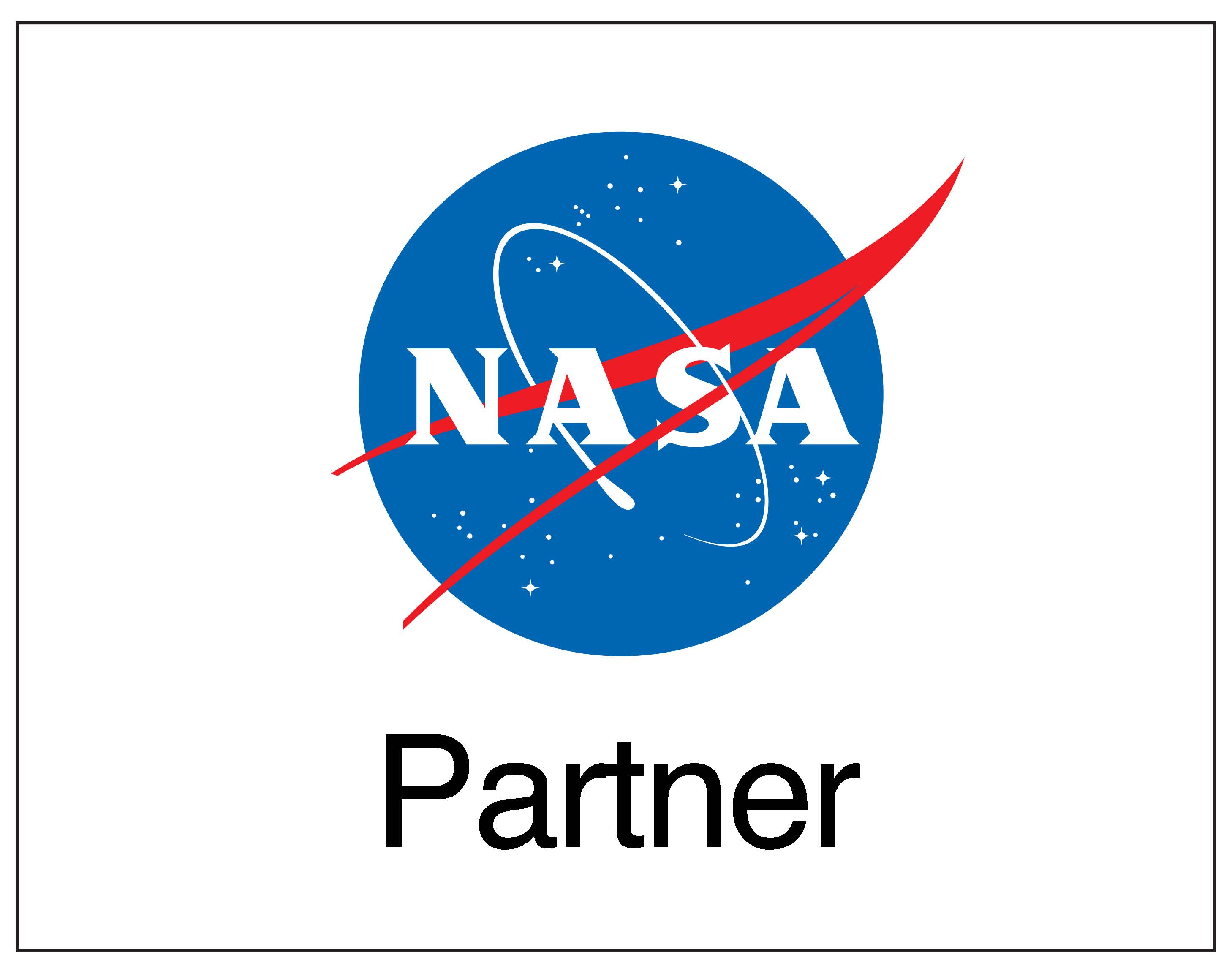Carol Wang-Mondaca currently teaches Science Research at Martin Van Buren High School (MVBHS) in Queens, NY. She did not start her career path in teaching, however. Carol was an Editor of Medicine for a large scientific publishing company for many years. Then one day, while riding the subway, she saw an ad that read “Do you remember your third grade teacher’s name? Who will remember yours?” That sparked something in her that day and she proceeded to join the NYC Teaching Fellows. While teaching was not her first career, her love for science and investigation has been a constant throughout her life. Carol has been teaching for 16 years, and her goals have always been constant- to inspire our future generation to love and pursue science. She loves working with underrepresented and underserved groups. In the summer of 2018, she was awarded an Earthwatch Kindle Fellowship that allowed her and 7 other NYC public school teachers to go to Little Cayman to study endangered coral reefs. She saw firsthand the result of climate change on the bleaching of coral reefs and the surge in algae that appeared. This trip reignited her passion for research in the field and reinforced her urgency to educate our future minds in climate change. In fact, in the Spring of 2019, she took 10 students on a research expedition to the Wrigley Marine Science Center, University of Southern California to participate in studies that look at how climate change has affected marine life along the Catalina coast. By joining the CCRI team on Climate Change in the Hudson Estuary, she is hoping to incorporate NASA resources throughout the year in a new Science Research class that focuses on environmental studies. In March 2020, with Carol leading the school team, MVBHS hosted a NASA In-Flight Education Downlink where students connected with astronaut Jessica Meir aboard the space station for a live question-and-answer session about living and working in space. This is Carol’s third year in CCRI and on Dr. Peteet’s team. Her first unit plan on the Wetlands also successfully passed NASA’s SMD Independent Product Review. | |
Barbie Buckner is a 20+ year STEM classroom teacher with a Doctorate’s Degree in Mathematics Education from the University of Louisville. Her research interest included the impact of technology on student achievement and teacher behavior. Buckner recently served as a 2013-14 Einstein Fellow at the National Science Foundation Education and Human Resources Directorate where she collaborated with colleagues on learning, learning environments, boarding participating and workforce development. Barbie sees education as her calling and has spent her life sharing her love for learning with everyone around her. Knowing that today’s student will compete in a global economy, Barbie says that “It is imperative that today’s students are prepared with consistent rigorous and relevant standards that produce more STEM majors, particularly women, to keep this great nation at the forefront in technology, innovation, and advancement.” | |





